
Back 4 Blood’s finally here! Players have been enjoying the game during beta, but many also reported some issues causing poor game performance. One of the returning issues in Back 4 Blood seems to be the high ping and constant lag spikes. If you also experience similar problems, no worries. We’ve prepared a few fixes for you to try!
Try these fixes…
3: Close bandwidth-hogging programs
Fix 1: Check the server status
Crowded servers are common on launch days. If the game is too laggy to play, you can check the server status first to see if the problem is with the server-end. You can also visit Back 4 Blood official site, Twitter, Discord or the Steam forum to see if there’s any announcement.
Fix 2: Test internet connection
If there’s nothing wrong with the server, then you can start troubleshooting from your side. Since high ping and lag issues are network-related, you should first test your internet connection. Here’s a few general steps you can do:
- Power cycle your router and modem. First, unplug the power cables from both your router and your modem. Then leave them disconnected for a minute. After that you can plug the cables back into both devices. When your Internet is working again, launch Back 4 Blood to see if you still get a high ping.
- It’s recommended to play the game on an Ethernet connection. It’ll provide a fast and reliable connection.
- If you’re playing Back 4 Blood on Wi-Fi, make sure other devices are not using Wi-Fi so there’s no overcrowding. You can turn off the Wi-Fi on the devices you don’t need at the moment.
- If your internet speed is slow, it could lead to an unstable connection. You can google “Internet speed test” and pick a tool to test your Internet speed. When your Internet connection seems unreasonably slow, consider contacting your Internet service provider for help.
If you’ve checked your internet connection but the ping is still high, try the next fix.
Fix 3: Close bandwidth-hogging programs
You’re more likely to experience lag spikes and get a high ping in-game when other programs are hogging your bandwidth. If your browser is running with tons of tabs open or videos loading in the background, your connection will become very slow.
To stop the programs from running in the background and hogging your bandwidth, you can:
- Right-click your taskbar, then click Task Manager.
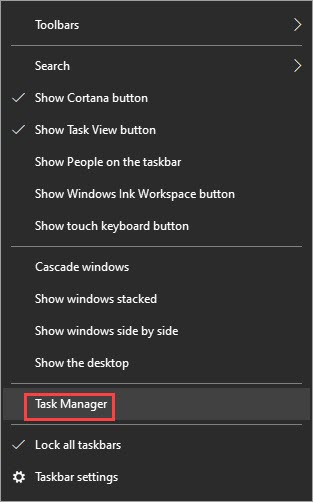
- Under the Processes tab, look for the processes that are network-hogging. Select it then click End task.
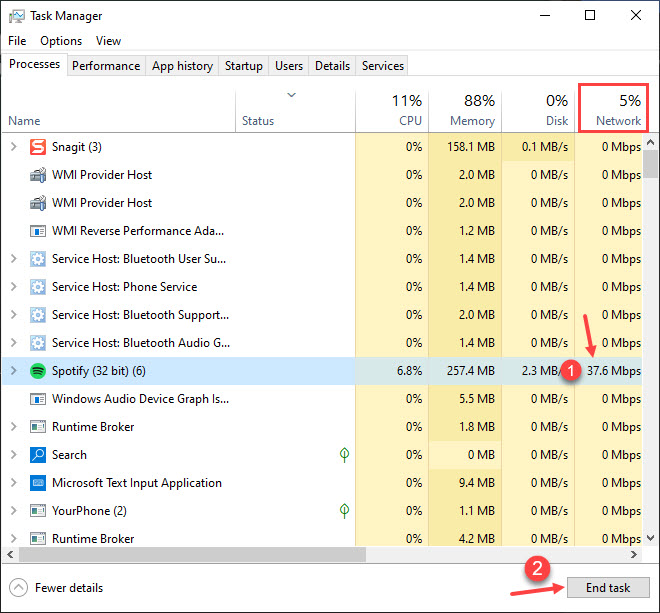
If you’re still getting a high ping and game seems laggy, try the next fix.
Fix 4: Update network driver
An outdated or faulty network driver may cause connection problems. For example, it could affect the stability of game performance and therefore you may experience extreme lags. It’s important to make sure your network driver is up-to-date and functioning properly. If not, you would need to install the latest version.
To get the right driver for your network adapter, there are two ways: manually or automatically.
Manual driver update – You can manually update your network driver via Device Manager. If Device Manager fails to detect an available update, you can search on the manufacturer’s website. Be sure to choose only the driver that is compatible with your Windows version.
Automatic driver update – If you don’t have the time, patience, or computer skills to update your drivers manually, you can, instead, do it automatically with Driver Easy. Driver Easy will automatically recognize your system and find the correct driver for your exact network adapter and your Windows version, then it’ll download and install the driver correctly:
1) Download and install Driver Easy.
2) Run Driver Easy and click the Scan Now button. Driver Easy will then scan your computer and detect any problem drivers.
3) Click the Update button next to the flagged network driver to automatically download the correct version of the drivers, then you can manually install them (you can do this with the FREE version).
Or click Update All to automatically download and install the correct version of all the drivers that are missing or out of date on your system. For example, you can update both your graphics driver and network driver with just one click. (This requires the Pro version which comes with full support and a 30-day money-back guarantee. You’ll be prompted to upgrade when you click Update All.)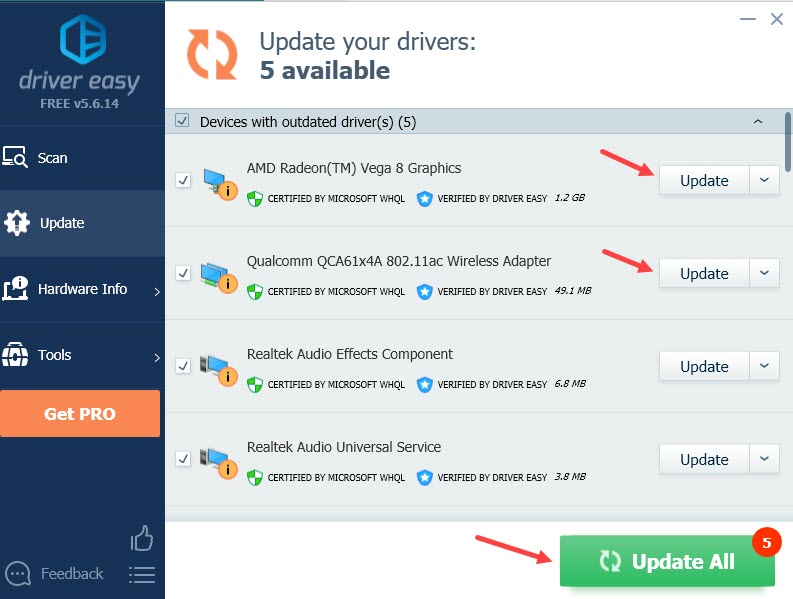
If you need assistance, please contact Driver Easy’s support team at support@drivereasy.com.
Restart your PC for the new drivers to take effect. Launch Back 4 Blood to see if the problem persists. If your ping is still high and experiences lags in game, no worries, there’s one more fix you can try.
Fix 5: Check your DNS settings
Crowded or broken DNS cache could cause random connection issues. To solve the high ping problem and fix the lag spikes in Back 4 Blood, there are two things you can do:
2: Switch to a public DNS server
1: Flush your DNS
The action of flushing DNS will clear the DNS cache from your PC. When the DNS cache is removed, your PC will need to obtain the address from the DNS server every time it needs to access a new website. This may solve the lagging issue in Back 4 Blood if it’s triggered by invalid or corrupt DNS cache data. Here’s how to do it:
- Press the Windows logo key and R on your keyboard to invoke the Run box.
- Type cmd, then press Shift and Enter at the same time. If prompted for permission, click Yes.
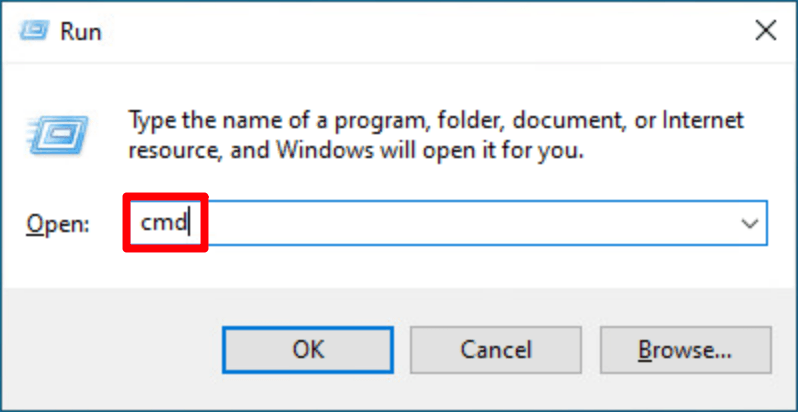
- Copy ipconfig /flushdns, and paste it in the pop-up window. Then press Enter.

- Your DNS cache is successfully cleared.
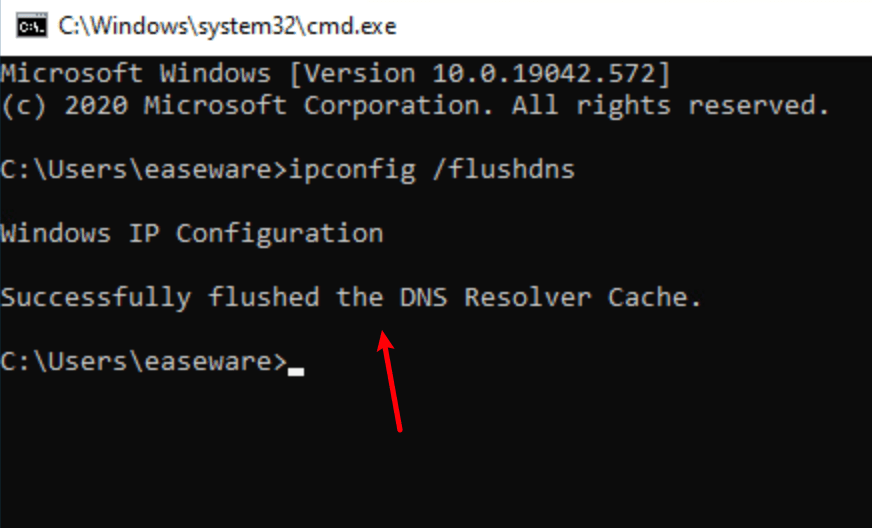
2: Switch to a public DNS server
We also recommend using a public DNS server to test the issue. Here we’ll use the Google DNS server as an example, since it may improve your ping. Here’s how:
- On your taskbar, right-click the network icon, then click Open Network & Internet settings.
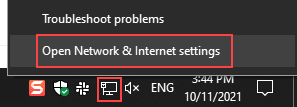
- Click Change adapter options.
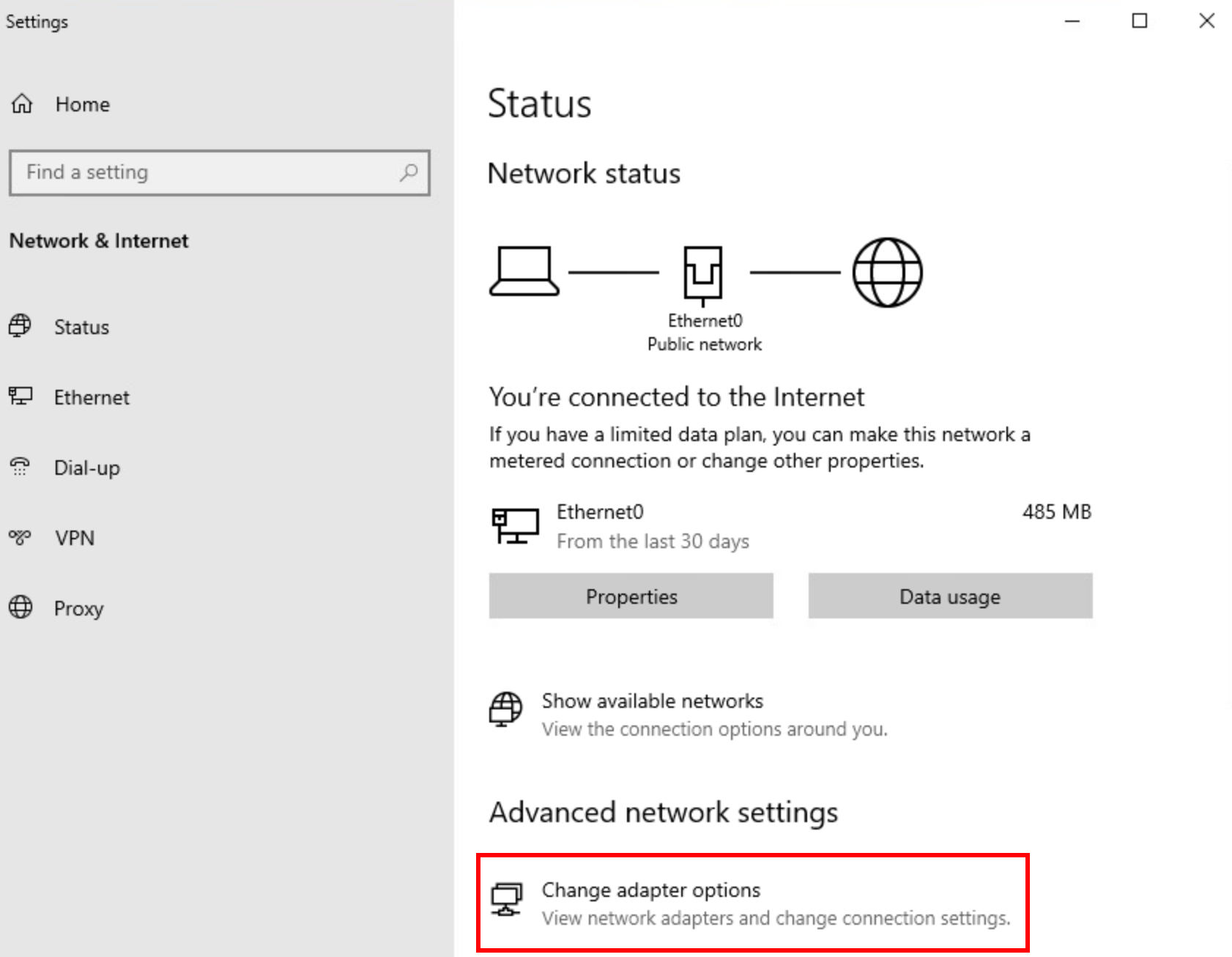
- Right-click the network you’re using, then click Properties.
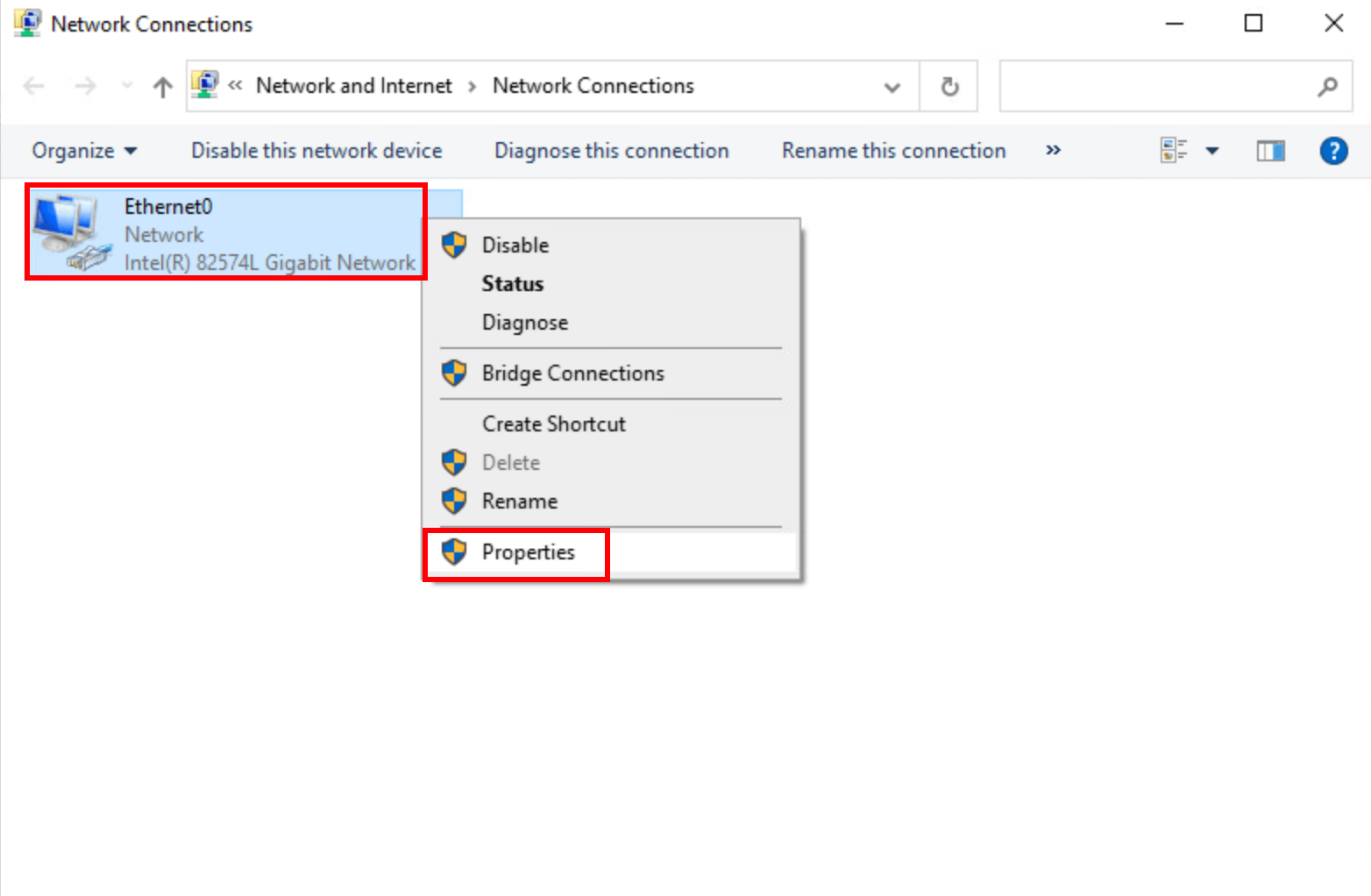
- Select Internet Protocol Version 4 (TCP/IPv4), then click Properties.
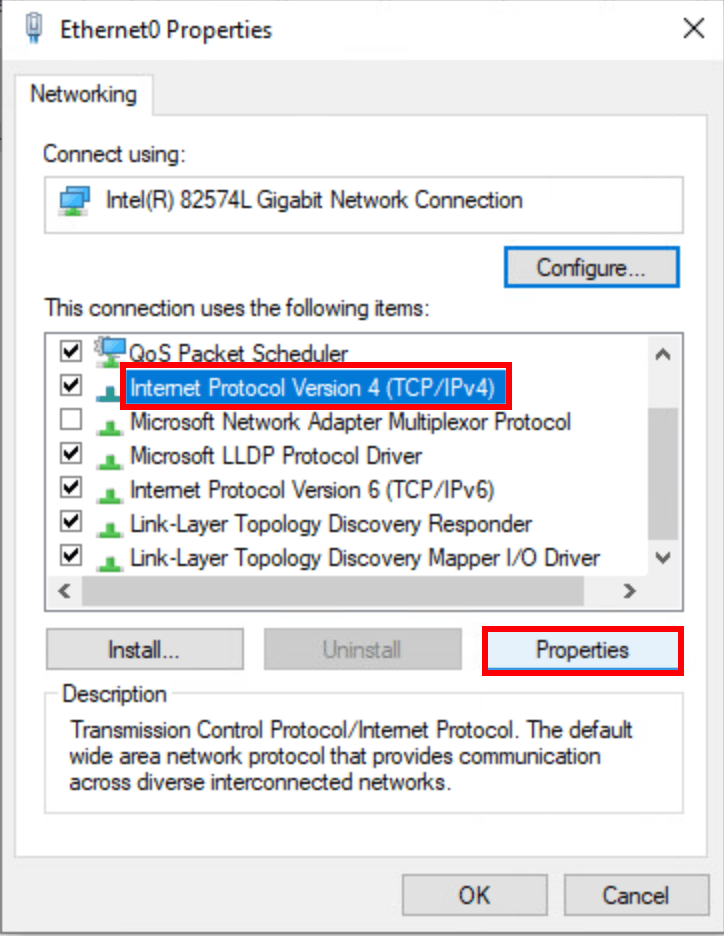
- Select Use the following DNS server addresses, fill in the Google DNS server addresses as below, then click OK.
Preferred DNS server: 8.8.8.8
Alternate DNS server: 8.8.4.4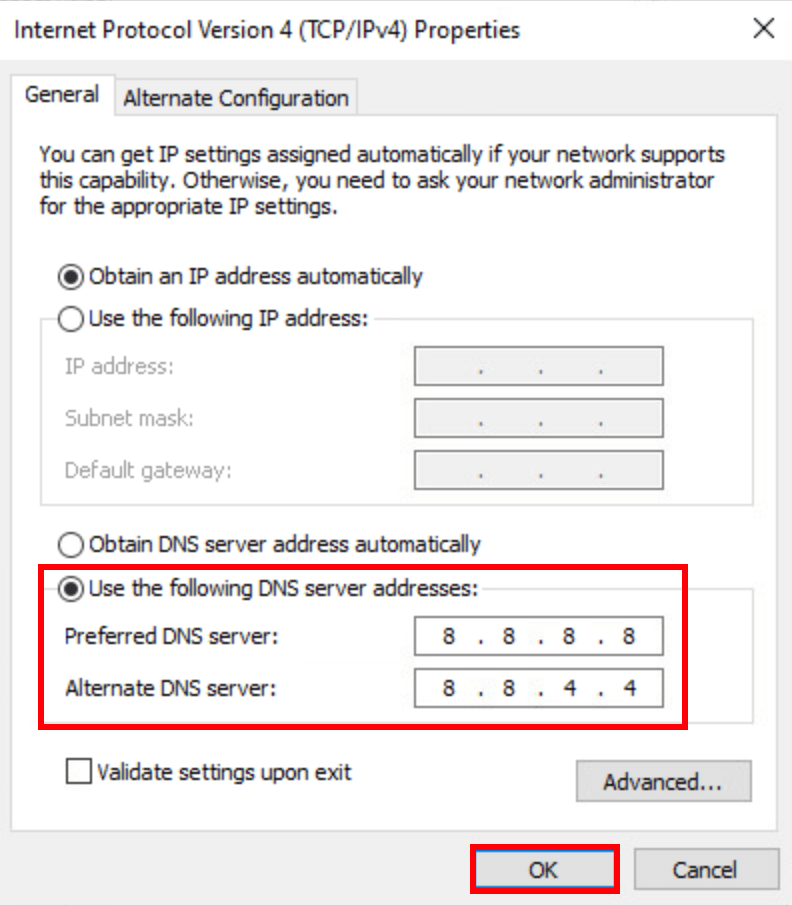
Bonus tip: try with a VPN
If you want to avoid peak time in your region or just want to play on other servers, you can try using a VPN. VPN grants you access to different servers, helps prevent bandwidth throttling, and builds a stable connection. As long as you use a secure and reliable VPN, you shouldn’t get a high ping.
Note that free VPNs are not recommended, as they can be risky, slow your connection down, and are probably on the blacklist of most games. Here are a few gaming VPNs we recommend:
Hopefully this article has been helpful! If you have any questions or suggestions, please feel free to leave a comment down below!





